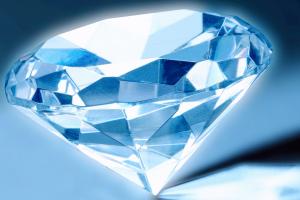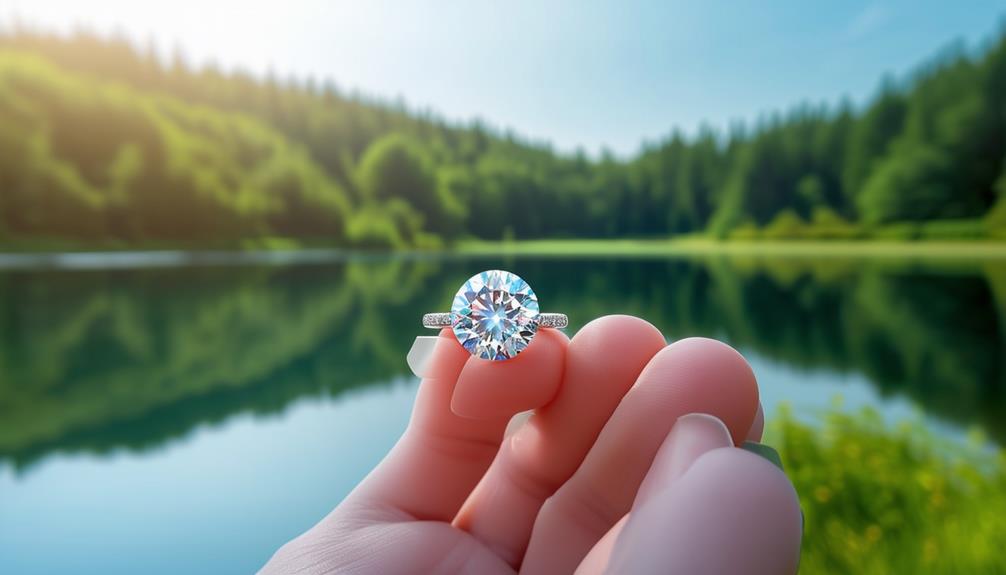
by Andrew Wilson | Sep 30, 2024 | Sustainable Lab-Grown Diamonds
Cultivated diamonds represent a significant advancement in sustainable luxury. These gemstones offer a lower carbon footprint than traditional mining, with potential integration of renewable energy sources further enhancing their environmental benefits.They also... 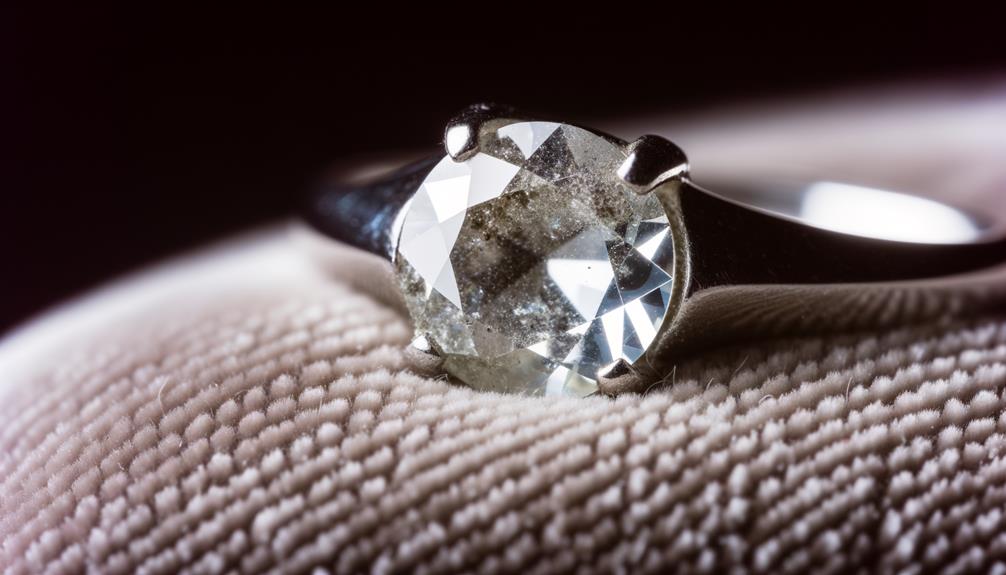
by Andrew Wilson | Sep 27, 2024 | Diamond Care Guide
Diamonds are forever, but their allure isn't immune to the wear and tear of daily life. You've probably noticed your diamond jewelry doesn't shine as brightly as it once did, and you're not alone. This dulling can be due to a variety of... 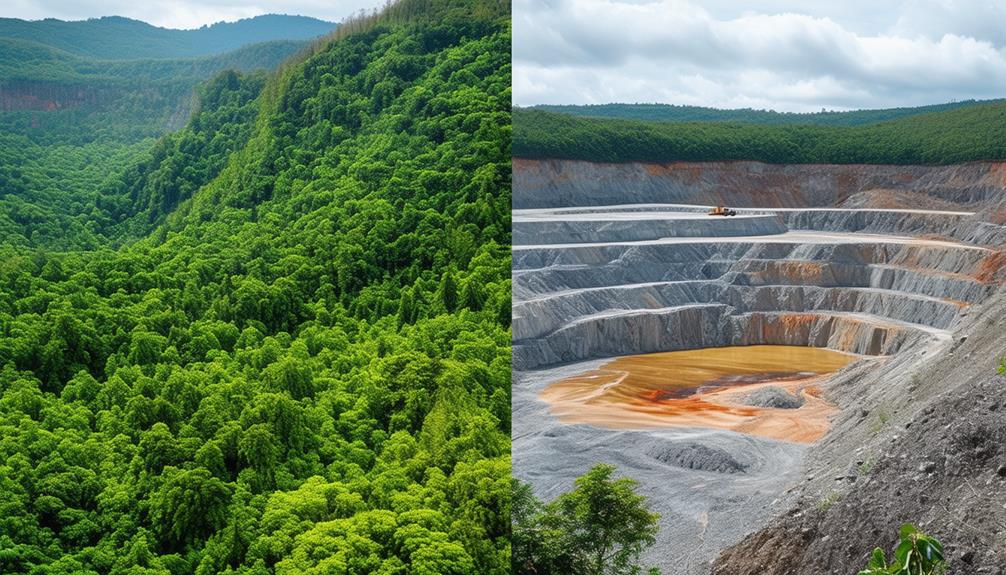
by Andrew Wilson | Sep 27, 2024 | Sustainable Lab-Grown Diamonds
The environmental impact of cultured diamonds compared to natural diamonds is markedly different. Cultured diamonds, created using High Pressure High Temperature (HPHT) or Chemical Vapor Deposition (CVD) methods, represent a more sustainable... 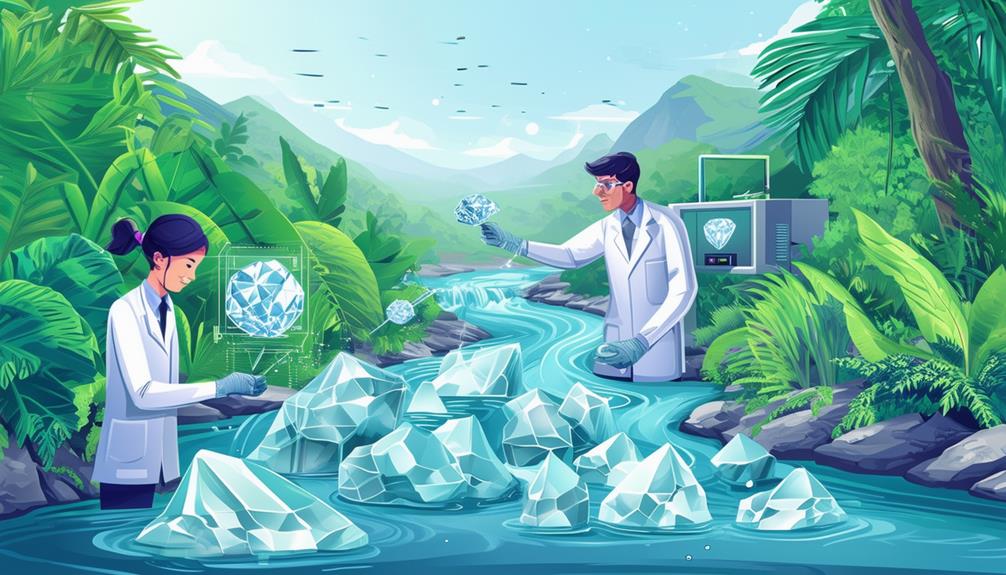
by Andrew Wilson | Sep 23, 2024 | Sustainable Lab-Grown Diamonds
The creation of lab diamonds significantly saves water compared to traditional diamond mining methods. Traditional mining requires approximately 126 gallons of water per carat for processes such as washing, sorting, and extracting diamonds, which not only... 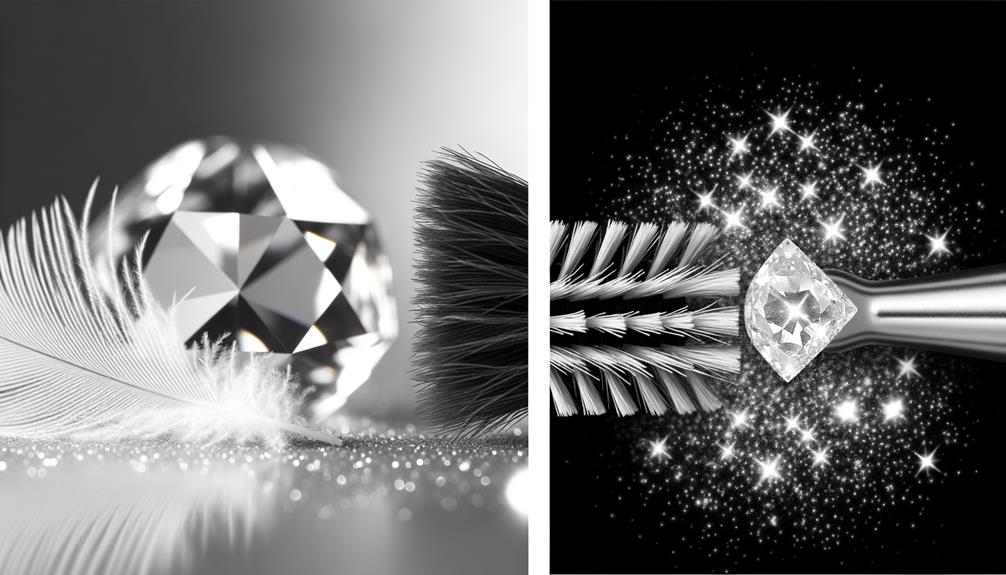
by Andrew Wilson | Sep 20, 2024 | Diamond Care Guide
Ever found yourself second-guessing that harsh chemical bath you gave your grandma's diamond ring, only to see it lose its luster? You're not alone.The debate between gentle and harsh diamond jewelry cleaning methods is more relevant than ever. While a... 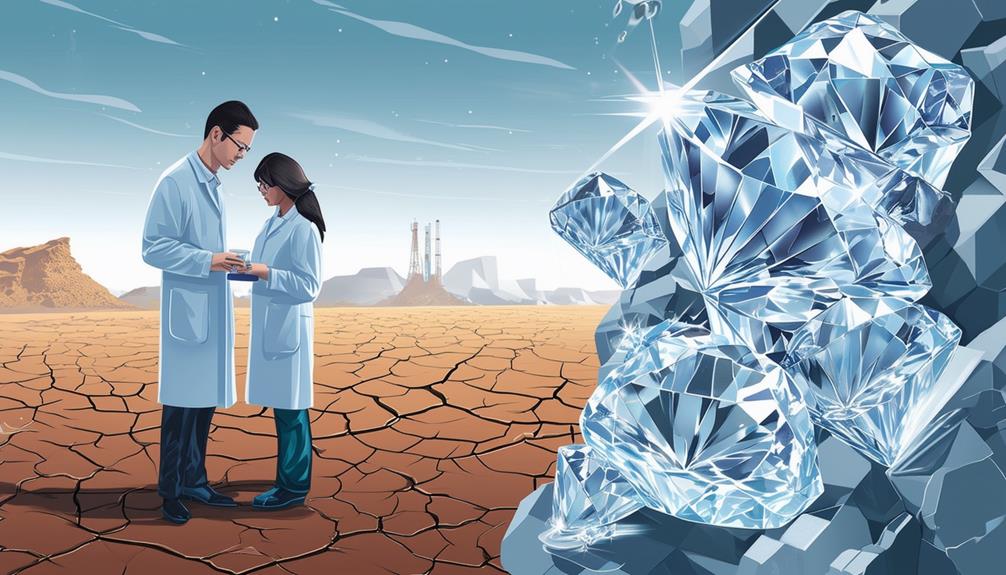
by Andrew Wilson | Sep 20, 2024 | Sustainable Lab-Grown Diamonds
Lab-grown diamonds represent a significant improvement in the sustainability of jewellery production, notably in reducing water consumption compared to traditional diamond mining. These diamonds are produced using techniques such as High Pressure-High Temperature... 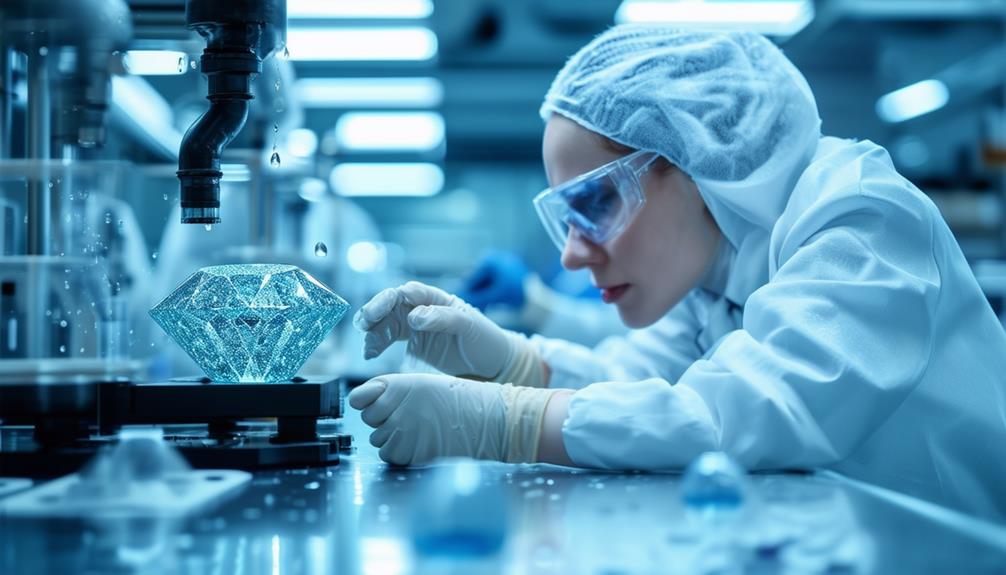
by Andrew Wilson | Sep 16, 2024 | Sustainable Lab-Grown Diamonds
Lab-grown diamonds significantly reduce water usage compared to traditional mining. These diamonds need about 18 gallons of water per carat, markedly less than the 126 gallons required for mined diamonds. Techniques like High Pressure High Temperature... 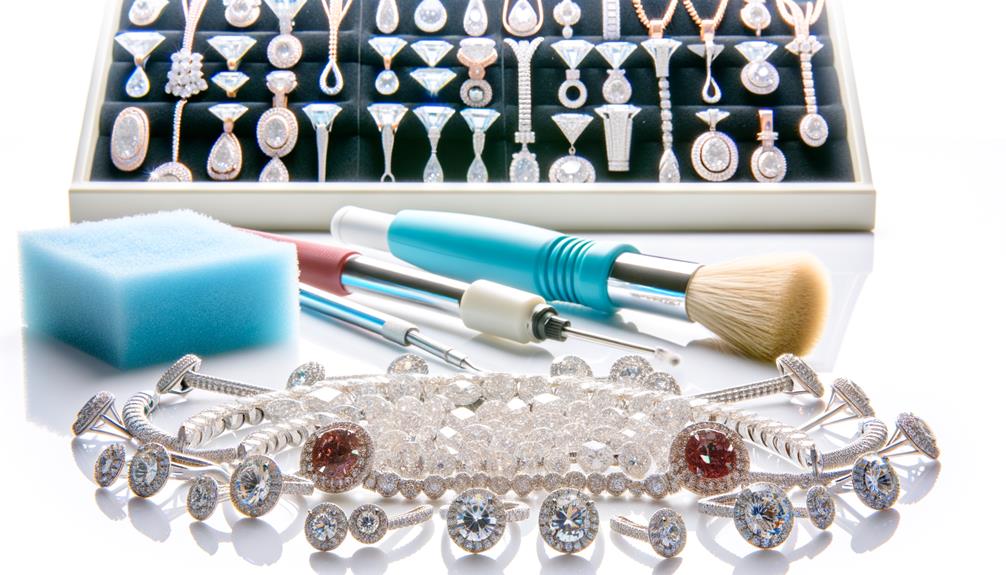
by Andrew Wilson | Sep 13, 2024 | Diamond Care Guide
You might not be aware, but the sparkle of your diamond jewelry isn't just about its cut or clarity—it's also heavily dependent on how well it's cleaned.Sure, a quick dip in some soapy water at home might seem sufficient, but there's... 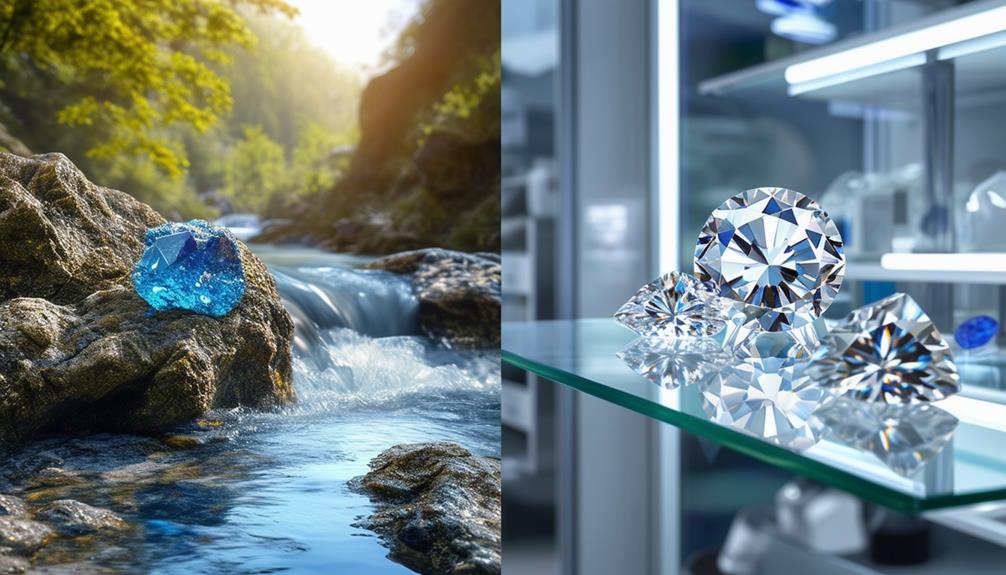
by Andrew Wilson | Sep 13, 2024 | Sustainable Lab-Grown Diamonds
Extracting natural diamonds requires an immense amount of water, using approximately 250 tons per carat, which has serious ecological consequences.In contrast, lab-grown diamonds are significantly more sustainable, consuming up to 90% less water.... 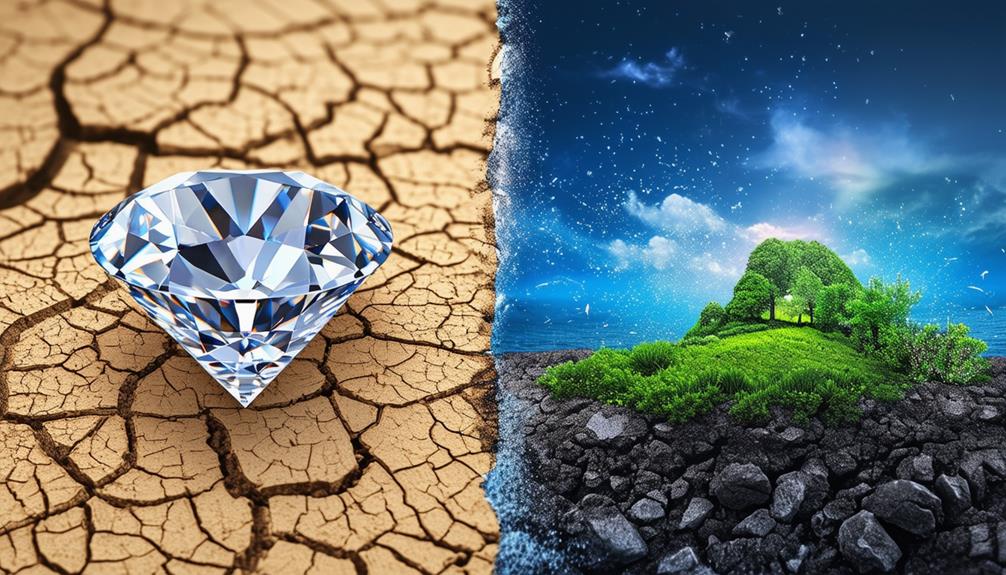
by Andrew Wilson | Sep 9, 2024 | Sustainable Lab-Grown Diamonds
Lab-grown diamonds significantly reduce environmental impact by using far less water compared to mined diamonds. Traditional diamond mining, involving open-pit and alluvial methods, not only requires extensive water but also damages ecosystems.In contrast,...










